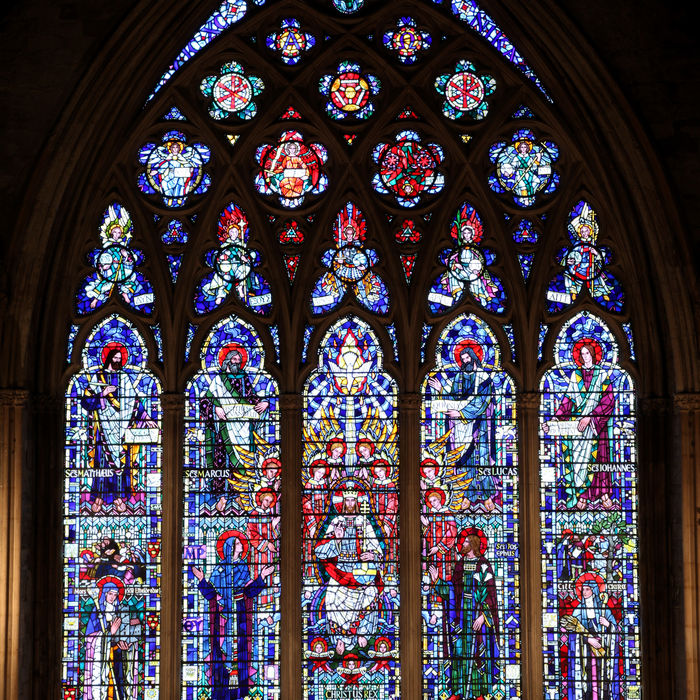
The Eighteenth Century
The Next 100 Years
Over the next 100 years, however, the Bishops of Ely allowed Ely Place to deteriorate. The gardens were unkempt with rabbits running wild and the medieval palace was a palace no longer. Plans for utilising the site, including a debtors’ prison and a distillery, all foundered.
An Act of Parliament in 1772 enabled the Bishop to sell the property to the Crown. The Crown in turn sold the freehold site to a Mr Charles Cole, architect and surveyor. He demolished every building but the Chapel and on the vacant ground in 1775 built the present Ely Place.
He kept the Chapel to serve as a place of Anglican worship for the residents of the neat terraces of Georgian houses he had built. The Chapel he modernised, to bring it into line with Georgian taste. The corner turrets at the East end were removed and two Gothic entrance doors were made under the great East window. These were approached from the street by a central stone stairway with iron rails. He also put up wooden screens to form passages inside the Church and he concealed the magnificent original timber roof by hanging from it a heavy plaster ceiling. It was said the fact that the roof didn’t collapse was a tribute to the ancient joiners’ craft and to Divine Providence as well. A large central pulpit and box pews were introduced, but the modernised Chapel attracted few worshippers and in 1820 it passed into the hands of the National Society for the Education of the Poor, who were trying to win over the Irish who were settling in the area.
A gallery was built on each side of the church for the poor, to separate them from the well-to-do residents of Ely Place. It was hoped that these would continue to pay rents for their pews on the floor of the church, but the attempt to combine charity and profit was a failure and the church was closed.
Cover Image: Ely Place circa 16thC ©St Etheldreda's

